Keystone Ecology
Keystone Habitats
Keystone – making ecology our business
Keystone Marine
Our marine ecological consultancy services include seabed, intertidal and sub-tidal surveys, seabed sampling, biotope surveys and mapping, marine mammal and bird surveys, plankton, fish and benthic surveys, GIS Mapping, Ecological Impact Assessment and the design and implementation of Mitigation, Monitoring and Management Plans.
Ecology, Habitats and Marine Survey, Assessment, Design, Planning and Contracting
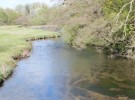
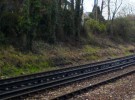
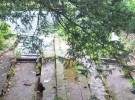
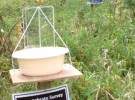
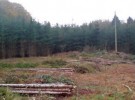
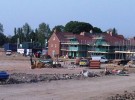


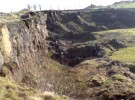
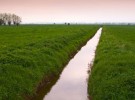
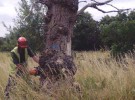
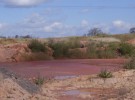
Dormice
The Dormouse is a UK and European protected species that is declining (slowly) according to the UK Biodiversity Action Plan (BAP), on which it is listed as a Priority Species. It also features on many Local BAPs.
Most abundant in southern England and Wales, the Dormouse decreases in abundance through central and northern England, and is largely absent from Scotland.
Dormice are usually found in ancient semi-natural woodland and less intensively managed hedgerows but can also occur in plantation woodland and native scrub. They prefer woodland edge, overgrown clearings and areas where there is a high diversity of berry and nut producing trees and shrubs. Their home range is quite small, typically only 3000 square metres, and they live at low population densities.
Our Dormouse capabilities are:
Ecology
Survey
Dormouse nest-tube and nut search surveys.
Design and Assessment
Masterplan design and Impact Assessment.
Licence Application
European Protected Species licence application, site supervision and monitoring.
Mitigation
Precautionary working method statements, tool box talks, pre-works survey and site supervision.
Management and Monitoring
Production of management plans and monitoring during construction and post mitigation.
Habitats
Mitigation
Dormouse nest box installation.
Habitat Creation and Restoration
Tree, scrub and hedgerow planting.
Habitat Clearance
Destructive searches for Dormice combined with strip clearance of small areas of habitat. Two phase winter clearance method for larger areas of Dormouse habitat. Stump grinding and treatment.
Habitat Management
Woodland, scrub and hedgerow Management to improve the quality of Dormouse habitat. Woodland coppicing and dead hedging.